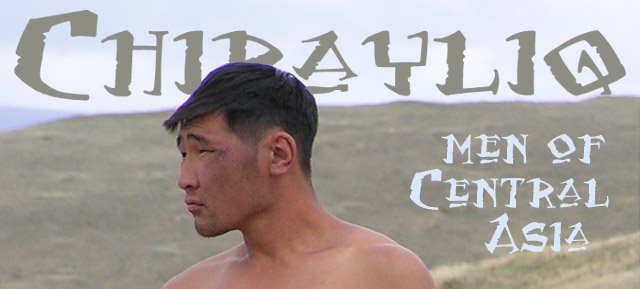"History of Turks-Tatars in Japan Episode 04", uploaded by kizilmaske87 (who has lots of other nice clips on YouTube of Chirayliq interest).
Let's practise our Turkish and Tatar (for non-Turanians, the subtitled bits are in Tatar). I especially like the slideshow of 1920's photos towards the end of the clip. Because it is a Turkish production, the narrator speaks about "Turk-Tatars". ^_^
Episode 4 tells the story of the first large immigration wave in the 1920's. First, many Volga (Idel-Ural) Tatars arrived after the revolution to Manchukuo. Until 1930, the center for Tatars in the Far East was Harbin, then it moved to Japan. Tatars settled in Yokohama, Tokyo, Nagoya and Kobe. In the beginning, most of them were single men doing trade. Then they started to bring their families, or get married. They settled close to other Muslim families. Some did business for the Muslim community as butchers or grocers. But most of them were in the textile business, selling clothes all over Japan.Exactly like the Tatars in Finland!
Episode 5: Kurban Ali, translator at Manchuria Railways, organized the Tatars (he looks almost like Ymär Abdrahim, a Helsinki businessman in the 1920's-1930's!) in Shibuya. There were 3000 Tatars in Japan, 400 in Tokyo and 600 in Kobe. In 1927 they got permission from the Japanese government to open a madrasa (school) in a rented space in Shin-okubo (Tokyo). The same building was used also as a prayer and meeting room. Here is it in March 2007, photographed by Ainur, who has been inside it and had some tea, too!

Episode 7: Now it gets really interesting...
In 1933 two famous intellectuals, Ayaz Ishaki and Abdurreshit Ibrahim (of course there's a research project about him at Freie Universität Berlin), came to Japan. Ibrahim became a community leader. He had previously been in Japan and had contact with important political personalities. Among these was Mitsuru Toyama, a leading thinker of Japanese nationalism and Asianism. In 1909 he established Ajia Gikai (Asian Parlament) together with some Japanese and Turkic leaders. It is claimed that many high level Japanese converted to Islam and joined this association to help liberation movements of Muslim nations in Asia. Ibrahim died in Tokyo in 1944. Ayaz Ishaki, a writer and journalist, had been a member of the Muslim Turko-Tatar parliament established in Ufa 1918-20. He was an advocate of Idel-Ural unity. He opened branches of the Idel-Ural Turk-Tatar Culture society in Tokyo, Nagoya, Kobe and Kumamoto. However, Ishaki and Kurban became rivals...Yes, there were Japanese Muslims:

From SELÇUK ESENBEL - Japan's Global Claim to Asia and the World of Islam: Transnational Nationalism and World Power, 1900–1945
PS. The story of how the Tatars of Japan became Turks is quite interesting. Turkish soldiers were among the Allied forces in the Korean war. The Tatar community helped wounded Turkish soldiers in Japanese hospitals with such zeal that a Turkish general asked them how Turkey could reply to their kindness. The Tatars (who probably like the Finnish Tatars were stateless for a long time) requested Turkish citizenship, and received it in 1953. After this, Tatars started to emigrate. There are only 70 of the original population left.





2 comments:
Tosi mielenkiintosta!
Actually, Tatars of Far East called themselves as Turk-Tatar, that could be clearly observed from "Milli Bayraq (Bayrak)" newspaper; the official resolutions of Kurultays, published in that newspaper [for more details google for Nadir Devlet, Larissa Usmanova, Merthan Dundar, and Selcuk Esenbel, again].
Tatar (or Turkic people of Idil-Ural, later-to-be-called Tatars) always were aware of Turkic component of their identity. The extent could (should) be discussed. So, that's not surprising that it appeared in Far East.
It couuld be said that Abdurreshit Ibrahim was more of Islamic identity, rather then Turkic. But he still was the linkage Between Turkic-Muslim community of Turk-Tatars in Far East and newly-established secular Turkish Republic [Few years before he brought to Konya region of late-Ottoman period Tatars from Siberia - nowadays it's a 100 y. old village of Bogrudelik]. In the period of WWII Turkey and Japan had stayed in contact, and Turkish officials were aware of Muslim Turk-Tatar community there in the Far East. Later on, it was Turkey, who accepted fleeing stateless Tatars of Far East. May be that moment, that act of honour was the breaking point for that Community to embed another meaning to the word Turk [deviation from "Turkic" to "Turkish"]. It's mere an opinion.
Post a Comment